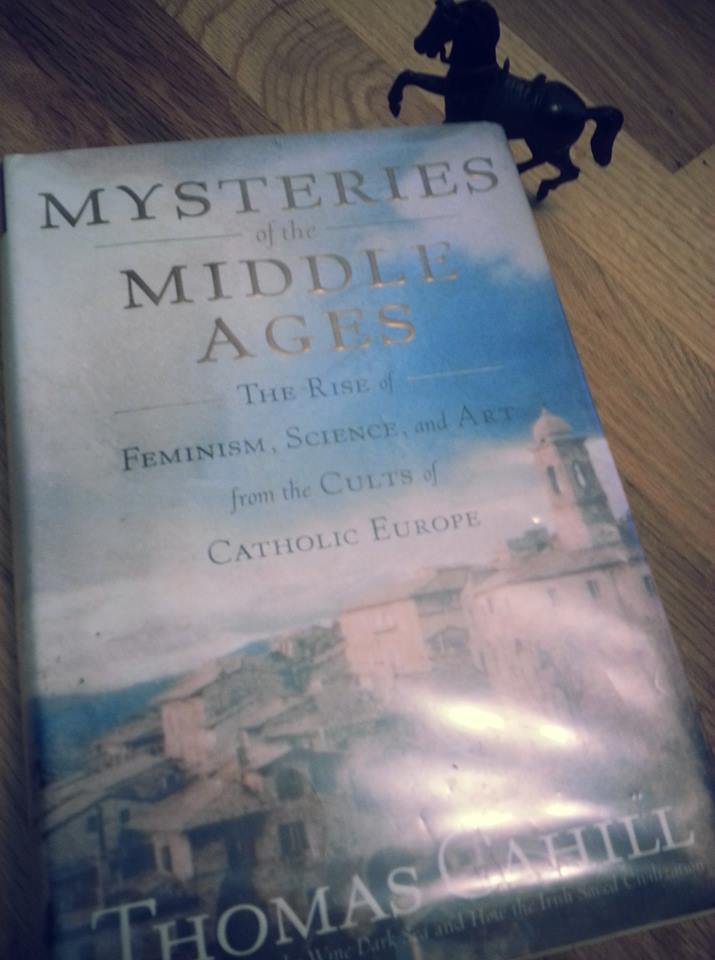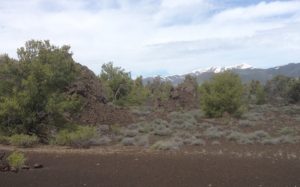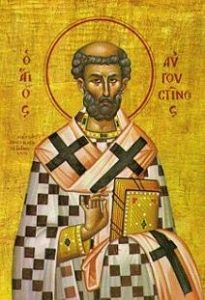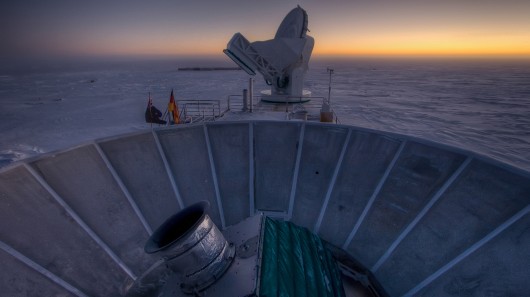
Thomas Cahill’s book Mysteries of the Middle Ages: The Rise of Feminism, Science, and Art from the Cults of Catholic Europe is the fifth volume of his acclaimed Hinges of History series. The goal of this series is to “retell the story of the Western world as the story of the great gift-givers, those who entrusted to our keeping one or another of the singular treasures that make up the patrimony of the West.”[1] Accordingly this book sought not so much to document historical events as to introduce the reader to the complex world of the Middle Ages and tell the story of how the “combined sources of Judeo-Christian and Greco-Roman cultures”[2] shaped our modern culture.
Rather than starting at the beginning of the Middle Ages, Cahill begins with a Prelude focused on late antique Alexandria, Egypt, before moving into an Introduction that bridged the gap between the antique and medieval periods. While this beginning seems odd and very circular, it helps the reader understand “by contrast: how different are the seeds from the soil that nourished them, how splendid will be the flowers compared with the seeds.”[3]
Chapter one begins sixty-five pages into the volume with a focus on exploring the medieval fascination with female virginity. Using the life of St. Hildegard (1098-1179 C.E.) as an example, Cahill unpacks the “unassailable assumption…[that] the sacrificial virginity of exceptional religious figures…made them more Christ-like than the rest of us.”[4] Interestingly enough, Cahill follows this chapter with a chapter devoted to love and romantic desire as seen through the life of Eleanor of Aquitaine (1122-1204 C.E.). Though it may sound strange, the fact remains that “the pious worship of the Virgin and the adulterous worship of the lady of the manor”[5] both flourished at the same time along with a general rise in status for all women.
Following a short intermission about the rise of Islam, Cahill dives into the world of education as seen through two rival universities. Chapter three was focused on the rise of reason and scholastic theology at the University of Paris and its effect on the wider world. Chapter four looked at the “new scientific sensibility”[6] growing at the University of Oxford. Peter Abelard (1079-1142 C.E.) and Saint Thomas Aquinas (1225-1274 C.E.) were the two gift-givers of scholastic theology at Paris while Roger Bacon (1214-1292 C.E.) lead the scientific charge at Oxford.
In keeping with his tendency to utilize pairs, Cahill’s next two chapters explores the artistic side of the Middle Ages through art and poetry. Giotto di Bondone (1266-1337 C.E.) and his “nearly scientific quest to reproduce more exactingly in art the very things his eyes could see”[7] is the focus of chapter five. The poet of Florence, Dante Alighieri (1265-1321 C.E.), is the gift-giver of chapter six with his desire to “get things straight, the things that really matter.”[8] Though Giotto and Dante used different mediums, they both sought to capture the real world.
Cahill summarizes the material in the book in chapter seven along with a short selection about the emptiness within the political structure of the medieval period. There was “no Roman emperor, good or bad, to bend to” nor was there a pope “to whom we need pay the slightest heed.”[9] Following this chapter there is a brief Dantesque critique on the state of the modern Roman Catholic Church in which Cahill calls the church to “return to the practices of its apostolic foundations.”[10]
On
a personal level, I found this book very informative and interesting as it
helped flesh out the impersonal events (e.g. battles, wars, political power
struggles) I previously studied. As an heir to the dual tradition of
Judeo-Christian and Greco-Roman cultures, it is always interesting to learn
about the values and philosophies that have shaped my worldview and influenced
my actions.
[1] Thomas Cahill, Mysteries of the Middle Ages: The Rise of Feminism, Science, and Art from the Cults of Catholic Europe (New York City: Nan A. Talese, 2006), iv.
[2] Thomas Cahill, Mysteries of the Middle Ages, v.
[3] Thomas Cahill, Mysteries of the Middle Ages, 3.
[4] Thomas Cahill, Mysteries of the Middle Ages, 100.
[5] Thomas Cahill, Mysteries of the Middle Ages, 121.
[6] Thomas Cahill, Mysteries of the Middle Ages, 221.
[7] Thomas Cahill, Mysteries of the Middle Ages, 264.
[8] Thomas Cahill, Mysteries of the Middle Ages, 291.
[9] Thomas Cahill, Mysteries of the Middle Ages, 310.
[10] Thomas Cahill, Mysteries of the Middle Ages, 316.

 Very few topics within American Christianity have been so fiercely debated over the past hundred years as the way in which one views the first chapter of Genesis. When discussing the origins of the universe it is assumed that faith and science are at odds with each other. This paper will seek to harmonize faith and science by first defining those terms before looking at lessons learned throughout history. After drawing upon the ancient church fathers, a hermeneutical method based upon the incarnation of the Creator God will be proposed as a way to read the Scriptures, most notably Genesis chapter one.
Very few topics within American Christianity have been so fiercely debated over the past hundred years as the way in which one views the first chapter of Genesis. When discussing the origins of the universe it is assumed that faith and science are at odds with each other. This paper will seek to harmonize faith and science by first defining those terms before looking at lessons learned throughout history. After drawing upon the ancient church fathers, a hermeneutical method based upon the incarnation of the Creator God will be proposed as a way to read the Scriptures, most notably Genesis chapter one. What is largely forgotten by participants of this conflict is that they are not the first ones to have debated the method of how to read the Scriptures. The church fathers of the first seven hundred years of Christianity readily “expected to find layers of meaning within a biblical text” which lead them to embrace multiple hermeneutic methods ranging from grammatical-historical to typological to allegorical.[5] This allowed St. Augustine of Hippo (354-430 CE) to embrace an allegorical understanding of Genesis chapter one while concluding that it was acceptable if other people understood the Scriptures differently.[6] It must be noted that part of the reason that St. Augustine used an allegorical hermeneutic method when reading Genesis chapter one was because of the skepticism he and others had towards the way the origins of the universe were described in Genesis.[7] He, similar to some today, preferred to let the scientists of his time describe the origins of the universe rather than staying with a literalistic hermeneutic.
What is largely forgotten by participants of this conflict is that they are not the first ones to have debated the method of how to read the Scriptures. The church fathers of the first seven hundred years of Christianity readily “expected to find layers of meaning within a biblical text” which lead them to embrace multiple hermeneutic methods ranging from grammatical-historical to typological to allegorical.[5] This allowed St. Augustine of Hippo (354-430 CE) to embrace an allegorical understanding of Genesis chapter one while concluding that it was acceptable if other people understood the Scriptures differently.[6] It must be noted that part of the reason that St. Augustine used an allegorical hermeneutic method when reading Genesis chapter one was because of the skepticism he and others had towards the way the origins of the universe were described in Genesis.[7] He, similar to some today, preferred to let the scientists of his time describe the origins of the universe rather than staying with a literalistic hermeneutic.
